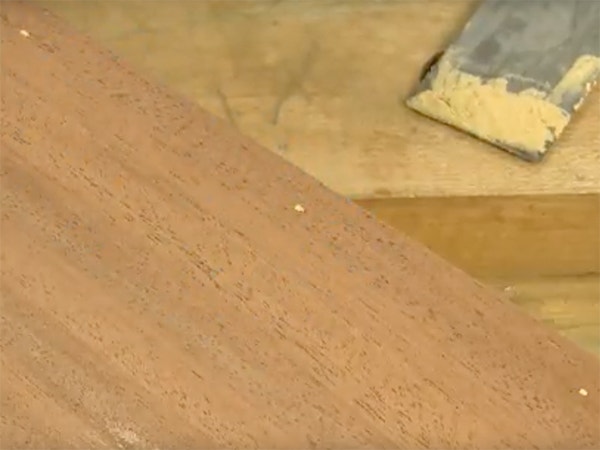Filling Pin Knotholes?
I'm building a Shaker-style crossbuck table out of cherry. On the top surface of the table there are several pin knotholes of 1/16" diameter or less. What is the best way to fill these holes? I plan to leave the cherry natural and finish the piece with an oil/varnish.
Michael Dresdner: Stop by your favorite woodworking store and you'll find several wood putties in both water- and solvent-based versions offered in a variety of colors. Find one that matches close to the wood, and use that. You can also make your own putty from sanding dust mixed with hot hide glue, dewaxed shellac, or epoxy. All of these mixtures, if you use dust from the wood itself, will blend in color nicely once the finish goes on. No matter what putty you use, the method is the same. Fill the hole just proud of level, let the putty cure, and then sand the excess flush to the surface.
Lee Grindinger: There are several fillers on the market ideal for this use. These come in half-pint containers on up and are readily available from woodworking stores.
Rob Johnstone: Those small pin knots in cherry provide character to the wood and a challenge to the finisher. I've had good success with two different solutions. Black epoxy, carefully applied and then sanded and finished, has worked very well. You want to avoid smearing it indiscriminately, but it cures hard and will not come loose. The other technique I use is drop-filling the voids (with lacquer or clear shellac) during the finishing process. This would probably not be a good idea for voids as large as a 1/16", but for anything smaller it works well.
Keep the inspiration coming!
Subscribe to our newsletter for more woodworking tips and tricks





